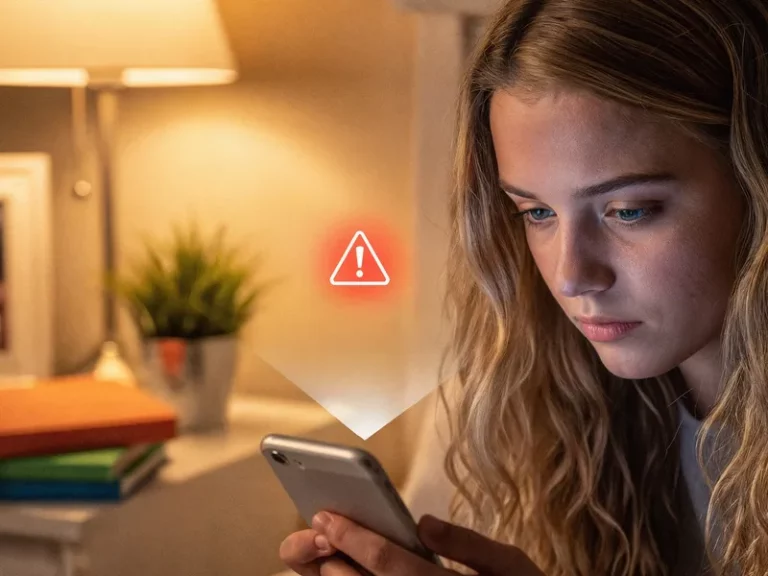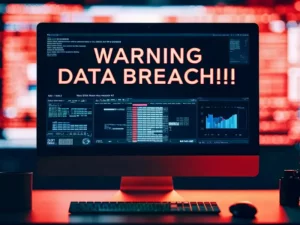Cyber threats no longer operate in the shadows; they are out in the open, evolving faster than most organizations can adapt. In this high-speed digital landscape, understanding the current threat level is more than just a technical concern; it’s a strategic necessity. From boardrooms to server rooms, awareness of the threat environment is what separates proactive defenders from reactive victims.
Much like how weather forecasts guide travel plans, a clear understanding of the current cybersecurity threat level helps businesses prepare for potential storms. Whether you are overseeing a cloud migration, adopting new collaboration tools, or scaling your remote workforce, knowing the threat level at any given time allows you to align security efforts with real-world risks.
What Does “Current Threat Level” Really Mean?
Before an organization can defend itself, it needs to understand what it is up against. The concept of a current threat level refers to a snapshot of today’s global and regional cyber risk landscape. It is a dynamic metric, informed by threat intelligence feeds, attack patterns, geopolitical factors, and emerging vulnerabilities.
These levels, often published by cybersecurity authorities or threat intelligence platforms, serve as a warning system. When elevated, they signal that attacks are intensifying in volume or sophistication. A high threat level does not just mean more attacks; it means smarter, faster, and more targeted intrusions across industries.
Factors Driving Today’s Elevated Threat Level
Understanding why the current threat level is high gives us insight into how attackers are operating and what makes their tactics so effective today. We are not just seeing more attacks; we are seeing them evolve in complexity and precision.
Several key drivers are shaping today’s elevated threat environment:
- Ransomware-as-a-Service (RaaS): Cybercrime has gone commercial. Attack kits are available for rent, enabling even non-technical actors to launch destructive ransomware campaigns.
- AI-Driven Phishing and Fraud: Attackers are using generative AI to create hyper-realistic fake emails, deepfake voices, and fraudulent content that bypasses traditional detection.
- Third-Party and Supply Chain Risks: A single vendor vulnerability can create cascading breaches across hundreds of businesses. The SolarWinds and MOVEit breaches made that painfully clear.
- Global Conflicts and State-Backed Threats: Political tensions have spilled into cyberspace, where government-backed groups now target critical infrastructure and private enterprise alike.
Why Your Organization Can’t Ignore This Shift
It is easy to assume that if your company is not a global brand or government agency, you’re not on an attacker’s radar. That mindset is dangerous. Today’s cybercrime economy does not discriminate; automated scanners, exploit kits, and credential dump sales mean that every organization, no matter its size, becomes a potential target the moment its digital footprint is exposed. Being aware of the current threat level allows leadership and security teams to:
- Review and update incident response playbooks
- Adjust patching cycles to align with new high-risk vulnerabilities
- Monitor sector-specific threats through actionable threat intelligence
- Conduct tabletop exercises based on current attack scenarios
Building Resilience in High-Threat Conditions
When the threat level is high, it is not enough to rely on firewalls and antivirus software. Security strategies must be flexible, data-driven, and integrated across departments. Fortunately, organizations can take tangible steps to reinforce their defenses during critical threat periods. Being aware of today’s risks is what enables organizations to move from a reactive mindset to a resilient one. In this climate, awareness becomes your most valuable security asset.
At Terrabyte, we help businesses across Southeast Asia elevate their visibility and control in the face of rising threat levels. With cutting-edge technologies, expert-backed solutions, and localized support, we ensure that your security strategies stay one step ahead. Let’s prepare, not just respond.




